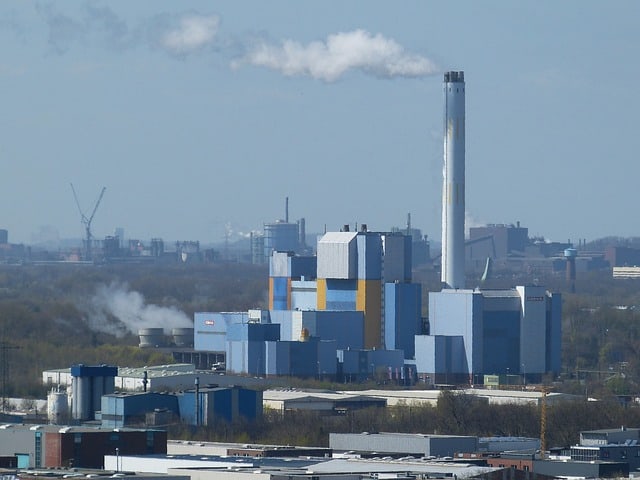Sodium bicarbonate dry desulfurization process

The dry desulfurization process uses a pulverizer with a self-contained classification system and a conveying fan to form a complete set of grinding and powder spraying device. The pulverized sodium bicarbonate fine powder has a layered or porous structure, uniform particle size, and good dispersibility. Then the solid ultrafine powder is directly sprayed into the furnace or reaction tower through multiple nozzles. It can effectively remove more than 95% of SO2 and HCl in the tail gas, and the removal rate can even reach 99%.
The use of sodium bicarbonate (baking soda) dry desulfurization can not only meet the strict requirements of environmental protection, but also can effectively reduce investment and operation costs compared with other flue gas purification methods.
Baking soda dry desulfurization process has the following advantages: completely dry system, no need for water; dry powder is sprayed in front of pipelines and cloth bags; reaction by-products can be discharged through the dust removal system; no need to stop production and construction; one-time investment is small; the floor area is very small ;The system cost is low; competitive; the reaction efficiency is very high, the amount of overspray is very small, and the emission can not be detected; the poisoning of the denitrification catalyst can be effectively suppressed; the flexibility is very high, and it can be suitable for the most stringent emission indicators at any time.
This process is widely used in the field of flue gas dry purification, such as coal power plants, garbage or alternative fuel incineration plants, and can also be widely used in industrial waste gas in coking, glass, steel, refractory industries, etc., the gas containing acidic substances , such as SO2, HCl, etc.
Sodium bicarbonate (baking soda, NaHCO3) can be used as an adsorbent for flue gas desulfurization. It removes acidic pollutants in flue gas by chemical adsorption, and at the same time, it can also remove some inorganic and organic trace substances by physical adsorption. In this process, the fine powder of sodium bicarbonate is directly sprayed into the high-temperature flue gas at 140-250°C.
In the flue gas pipe, the desulfurizer-baking soda (NaHCO3) is activated under the action of high-temperature flue gas, and the surface forms a microporous structure, just like popcorn is popped, and the flue gas in the flue fully contacts with the activated desulfurizer to undergo a chemical reaction , SO2 and other acidic media in the flue gas are absorbed and purified, and the desulfurized and dried Na2SO4 by-product enters the bag filter with the airflow and is captured. The newly produced sodium carbonate Na2CO3 is highly reactive at the moment of formation, and can spontaneously react with the acidic pollutants in the flue gas as follows:
